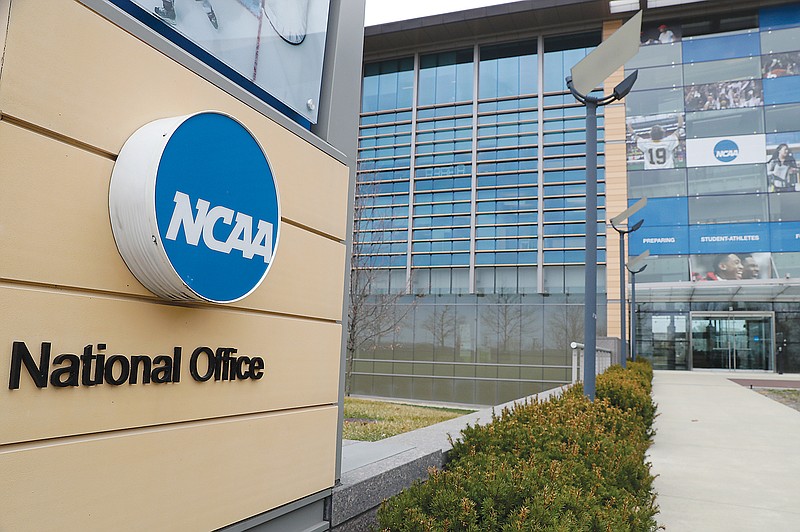When the NCAA enacted Name, Image and Likeness on July 1, 2021, it changed recruiting for prospects and college coaches.
On3.com senior editor Jeremy Crabtree, who has covered college football recruiting for nearly 30 years, said playing time, style of play and opportunity to make it to the NFL are still important to prospects, but NIL is also very much part of the recruiting process now.
“Those still matter greatly to prospects, but the more we’ve researched it over the last year and a half, we found that NIL was certainly a component in some kids’ decisions,” Crabtree said. “Was it a difference maker in every single kid’s decision? No, but all things being equal, it could be a differentiator for many top prospects.”
Shortly after NIL was approved, collectives formed by well-connected alumni and supporters began popping up around the nation, including the University of Arkansas.
The collectives pool funds from donors to create opportunities for student-athletes.
NIL deals wildly vary from a few dollars to millions. No deal has received more attention than a Florida collective deal with high school quarterback Jaden Rashada for a reported $13.85 million. The deal eventually fell apart, and Rashada ended up signing with Arizona State.
“I think some the numbers that have been out there, maybe a little over inflated and some of them are right on the money,” Crabtree said. “I do think what we’re starting to see an overall trend in NIL is some of the money involved with pay-for-play deals or deals that impact the transfer portal, some of that stuff is coming down to be honest.
“Its coming down because a lot of not just brand value, the roster values have been coming down because the money is just not there as to what a lot of people thought it would be this time a year ago. Donors are a little more reluctant to pony up the money for a high school player where’s there no sure guarantee as to whether or not this 4- or 5-star recruit is going to be this for sure thing.”
Like in all parts of the economy, the market often time makes corrections and Crabtree believes that’s the case with NIL.
“We’re certainly seeing a trend where the market is starting to correct itself in many ways,” Crabtree said. “It will be fascinating to see where we’re at a year from now, if things have stabilized and we have a good read of what the market is going to be because it’s still all over the place. You still see these high numbers that you saw with guys like Jaden Rashada. That’s the exception, not the norm.”
When NIL began, the talk of college donors being asked for additional moneys in addition to the usual funding of facilities, coaches salaries and other athletic cases was met with skepticism.
“That’s the problem a lot of these collectives are running into,” Crabtree said. “You’ve noticed a lot of collectives across the country that have folded in the last six months. This time last year we were expecting to be 200-plus collectives, and there’s still a lot of collectives out there, but I think that number has been whittled down to a 100ish range being active and successful from a collective standpoint across the country.
“A lot of that is because the well is drying up because a lot of these collectives are trying to go out there and raise funds, and they’ve already been tapped by the foundation, they’ve already been tapped by the athletic department, they’ve already been tapped to help with academics.”
College coaches had their plate full prior to NIL and then add the transfer portal and roster management and burnout is a real possibility unless things change.
“We’re hearing from a lot of coaches from across the country that are really worried about the future of the coaching industry,” Crabtree said. “A lot of folks I talk to say doing it purely for the love of the game, of course they’re getting paid a lot of money still, but a lot of folks are going to gravitate from the college coaching industry in the next five years largely because of the wild, wild west we’re in NIL and the uncertainty about NIL.”

